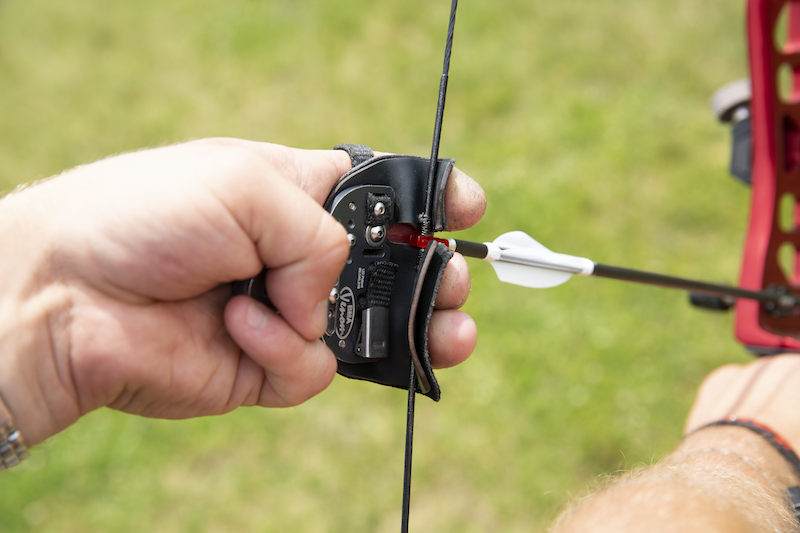Newcomers find endless reasons to love traditional archery. Atop that list is the pure fun and satisfaction of shooting a simple bow steeped in history.
You’ll be amazed at the accuracy you’ll achieve with traditional bows’ simple designs. Like all bows, they feature two limbs, one string and a riser, but unlike modern bows they have no wheels, cables, sights or other gadgetry. It’s all up to the archer to make great shots, which is the fun and challenge of traditional archery.
“Traditional archery” and “barebow archery” are interchangeable terms, but they can refer to two distinct shooting styles. Barebow archery typically means competitive shooting without sights. These bows are usually recurves with metal handle sections called “risers.”
The term “traditional archery,” however, covers a wider range of bows. This group includes recurve and longbows, which might be crafted from wood or modern metals and carbon fiber. Whatever your preference, these simple, effective and strikingly beautiful bows heighten traditional archery’s allure.
What separates recurves from longbows? Recurves get their name from the bow’s swept tips, which curve away from the archer. Recurves typically shoot arrows at faster speeds than what straight-limbed longbows can deliver. Longbows lack the recurve’s curved tips, but have a graceful bend and classic design when strung. These bows and their accessories are available at archery shops, where you can test-shoot different bows to see what you enjoy most.
Traditional Archery Gear

Accessory Checklist
- Arrows
- Quiver
- Armguard
- Glove or finger tab
- Bow-stringer
- Bow case
Traditional archery provides affordable ways to get into archery because it requires few accessories. You’ll need only arrows, a quiver, armguard, bow case, bow-stringer and glove or finger tab.
Arrows are a vital part of traditional archery, so visit a pro shop for help selecting the best material and arrow size for your bow. A shop pro will also fletch your arrows with feathers in colors you choose to give them a personal touch.
You’ll have several choices in quivers, which hold your arrows. These options include a back quiver, like the one Robin Hood made famous; a waist quiver, which you wear on your belt; or a bow quiver, which snaps onto your bow and is popular with bowhunters.
To shoot a recurve or longbow, you’ll need a glove or finger tabs, which go between the bowstring and your fingers to protect your fingertips. They come in different sizes, so try a few before choosing which one to buy.
Another essential accessory, the bow-stringer, is a must for installing and removing the bowstring. Consider removing the bowstring when storing your bow to make the bowstring last longer. Your archery pro can teach you how to use the bow-stringer.
Finally, never take a traditional bow’s beauty for granted. Keep yours looking good by securing it in a bow case to protect it from nicks and scratches. A good case also has room to store accessories.
How to Aim Without Sights
Traditional bows have no sights, so how do you aim? The most common method is instinctive shooting. You look at the spot you want to hit, draw your bow and shoot. It’s like throwing a ball. Your mind learns the arrow’s trajectory and, through repetition you can achieve incredible accuracy.
If instinctive shooting proves difficult, try using the arrow tip as a sight. Position the tip on, above or below the target, depending on the distance. This is called “gap shooting.” By shooting and experimenting, you’ll learn where to place the arrow tip in relation to the target.
Yet another option is a technique called “string walking.” The archer makes the arrow an adjustable sight by gripping the bowstring at varying distances below the arrow while keeping the tip centered on the target like a sight. The closer the target, the farther down the bowstring the archer grips and draws. This accurate aiming method is used by top barebow competitors.
The most important factor in accuracy is learning archery form, which means you should take lessons. Lessons shorten the learning curve and make you a better shot.
If you’re uncertain traditional archery is for you, try it with a rental bow and a lesson. Don’t be surprised if the joy of watching arrows in flight triggers your curiosity and inspires you to explore archery’s deepest roots. Why wait? Get out there and try traditional archery today and see where it takes you!




